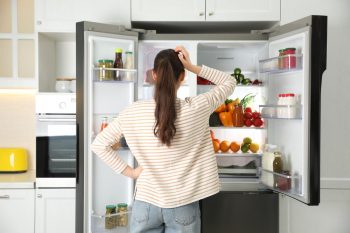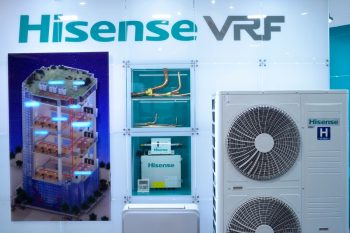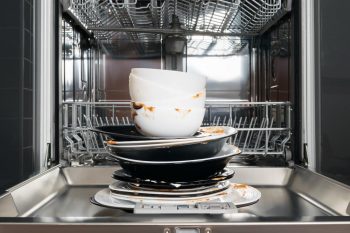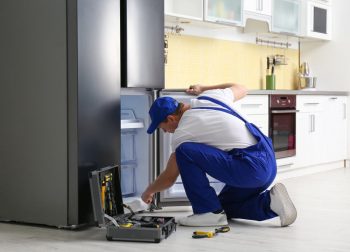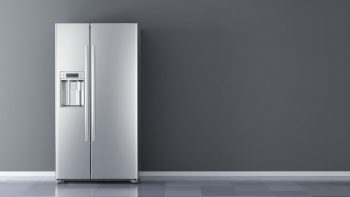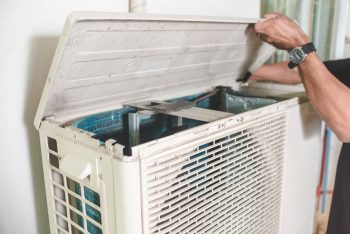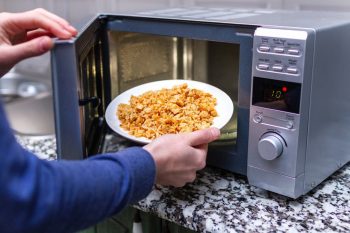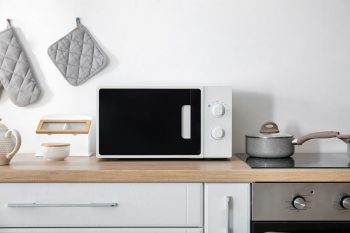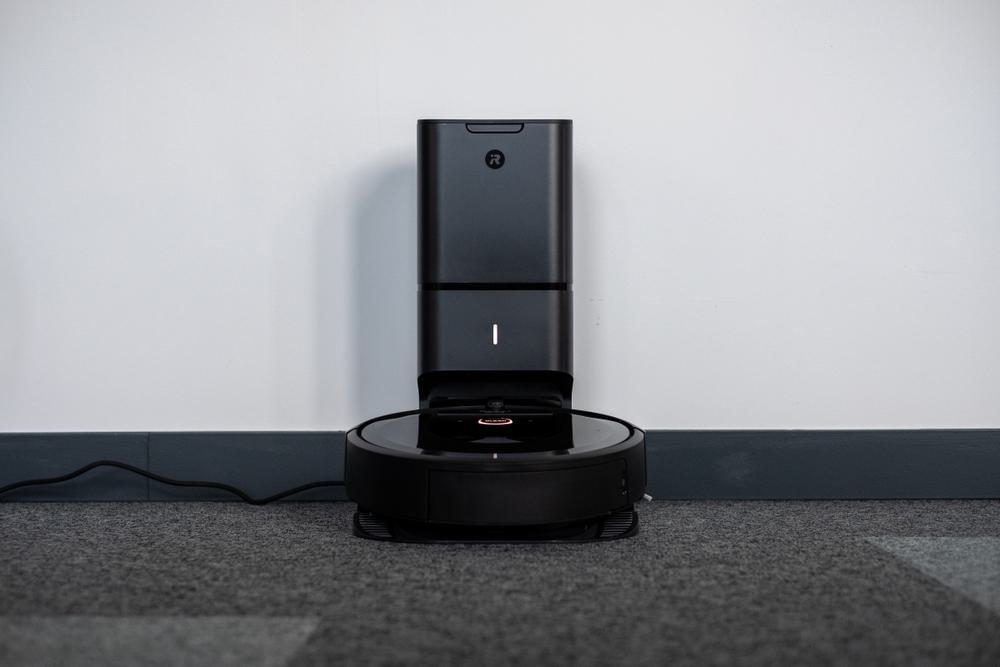
A Roomba vacuum cleaner is a handy device that takes a lot of the work out of keeping your home clean. One of the key features of many Roomba models is their ability to empty their own bins. This feature can be a game changer in terms of convenience and efficiency. In this comprehensive guide, we will discuss how to make your Roomba empty the bin, the models that offer this feature, and how to troubleshoot common issues related to this function.
To make your Roomba empty the bin, you need to have a Roomba model with a self-emptying feature and a Clean Base Automatic Dirt Disposal unit. After setting up the Clean Base, pair your Roomba with it. The Roomba will then automatically return to the Clean Base to recharge and empty its bin after each cleaning session. Remember to empty the Clean Base’s bin periodically.
What is a Roomba and How Does its Self-Emptying Feature Work?
A Roomba is a series of autonomous robotic vacuum cleaners made by iRobot. Equipped with a set of sensors, these vacuum cleaners navigate and avoid obstacles while vacuuming your floor. Some models, such as the Roomba i7+ and Roomba j7+, come with a self-emptying feature that allows the robot vacuum to empty its own dustbin.
When the robot vacuum docks at its base, the base creates a vacuum to remove the dust and debris from the robot and transfers it to an internal bag or a removable canister. This feature enables the robot vacuum to return to the base whenever its dustbin is full, empty itself, and then continue cleaning. The Clean Base™ is designed to hold up to 30 robot bins of dirt and debris, allowing you to forget about vacuuming for weeks at a time.
How to Set Up Roomba to Empty the Bin Automatically
To set up your Roomba for automatic bin emptying, you will need a compatible Roomba model and a Clean Base Automatic Dirt Disposal unit. Here are the steps to set up your Roomba for automatic bin emptying:
- Ensure you have a compatible Roomba model, such as the i7+ or s9+.
- Set up the Clean Base Automatic Dirt Disposal unit according to the manufacturer’s instructions. Place it in an appropriate location with enough space for the Roomba to dock and maneuver.
- Make sure your Roomba’s dustbin has an evacuation port on the bottom, which is necessary for self-emptying.
- Pair your Roomba with the Clean Base unit.
- Once paired, your Roomba will automatically return to the Clean Base unit to recharge and empty its bin after each cleaning session.
Remember to empty the Clean Base’s bin periodically, depending on how often you run your Roomba. The Clean Base can hold up to 60 days of dirt, dust, and hair in its closed Dirt Disposal bags. When it’s time to empty the Clean Base, simply remove the bag and replace it with a new one.
Roomba Models with Self-Emptying Feature
Several Roomba models have the self-emptying feature. These include:
- Roomba i3+ EVO
- Roomba i7+
- Roomba j7+
- Roomba s9+
- Roomba i8+ (8550)
These models come with a Clean Base Automatic Dirt Disposal system, which allows the robot vacuum to empty its dustbin into a larger container in the base. This feature provides a more convenient and hands-free cleaning experience.
Maintaining the Self-Emptying Feature
To ensure the self-emptying feature of your robot vacuum continues to work efficiently, follow these maintenance tips:
- Regularly empty the dustbin: Although self-emptying robot vacuums automatically empty their dustbins, you should still check and empty the larger storage bin in the docking station every 30 to 60 days.
- Clean the docking station: Make sure the docking station is clean and free of debris to ensure a proper connection between the robot vacuum and the self-emptying system.
- Check for blockages: Inspect the vacuum’s dustbin and the self-emptying system for any blockages or clogs that may prevent efficient emptying. Remove any debris or obstructions found.
- Keep the vacuum clean: Regularly clean the robot vacuum itself, including the brushes, filters, and sensors, to maintain optimal performance.
- Update the vacuum’s software: Ensure your robot vacuum’s software is up-to-date, as updates may include improvements to the self-emptying feature and overall performance.
Troubleshooting Common Issues
If you encounter issues with the self-emptying feature, follow these troubleshooting steps:
- Ensure the vacuum is correctly positioned on the dock and that there are no obstructions in the docking area.
- Check if the air duct in the auto-empty dock is blocked. If it is, clear the blockage to restore proper function.
- Remove the robot’s dustbin, clear any clogs, and reinstall the dustbin.
- Clean the bumper and dock sensors.
- Disable the “Do Not Disturb” feature to allow the vacuum to empty itself.
- Restart the robot vacuum to fix any software bugs.
- Replace the dustbag in the docking station if it is full or damaged.
By addressing these common issues, you can troubleshoot and resolve problems with the self-emptying feature of your Roomba vacuum.
In conclusion, a Roomba vacuum cleaner with a self-emptying feature can significantly enhance your cleaning routine. By following the tips and instructions provided in this guide, you can maximize the efficiency of your Roomba and maintain a cleaner and healthier home environment.
Frequently Asked Questions
Can I use the self-emptying feature with any Roomba model?
No, the self-emptying feature is only available with certain Roomba models such as the i7+, j7+, s9+, i8+ (8550), and i3+ EVO. These models are specifically designed to work with the Clean Base Automatic Dirt Disposal unit.
How often should I replace the Dirt Disposal bags in the Clean Base unit?
The frequency of replacing the Dirt Disposal bags depends on how often you use your Roomba. However, each bag is designed to hold up to 60 days of dirt, dust, and hair. You should replace the bag when it’s full or every 60 days, whichever comes first.
What should I do if my Roomba is not returning to the Clean Base to empty itself?
Ensure that your Roomba’s docking station is placed in an open area with at least 1.5 feet of space on either side and 4 feet in front. Also, check if your Roomba’s battery level is sufficient. If the battery is low, the Roomba might not return to the base. Lastly, make sure that your Roomba’s software is up-to-date as updates may include improvements to docking and self-emptying behaviors.
Can I manually empty the Roomba’s dustbin if it’s not self-emptying?
Yes, you can manually empty the Roomba’s dustbin. However, this process varies by model. Refer to your Roomba’s user manual for specific instructions.
Can I schedule when my Roomba empties its bin?
No, the Roomba automatically empties its bin after each cleaning session when it returns to the Clean Base. You cannot schedule specific times for the bin to be emptied.

